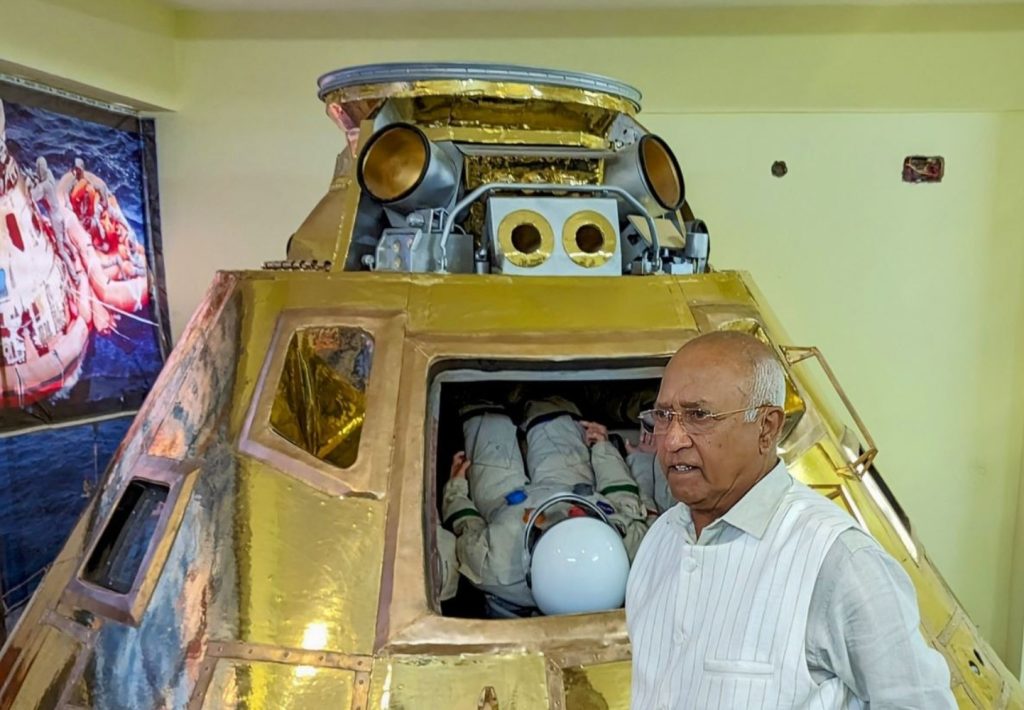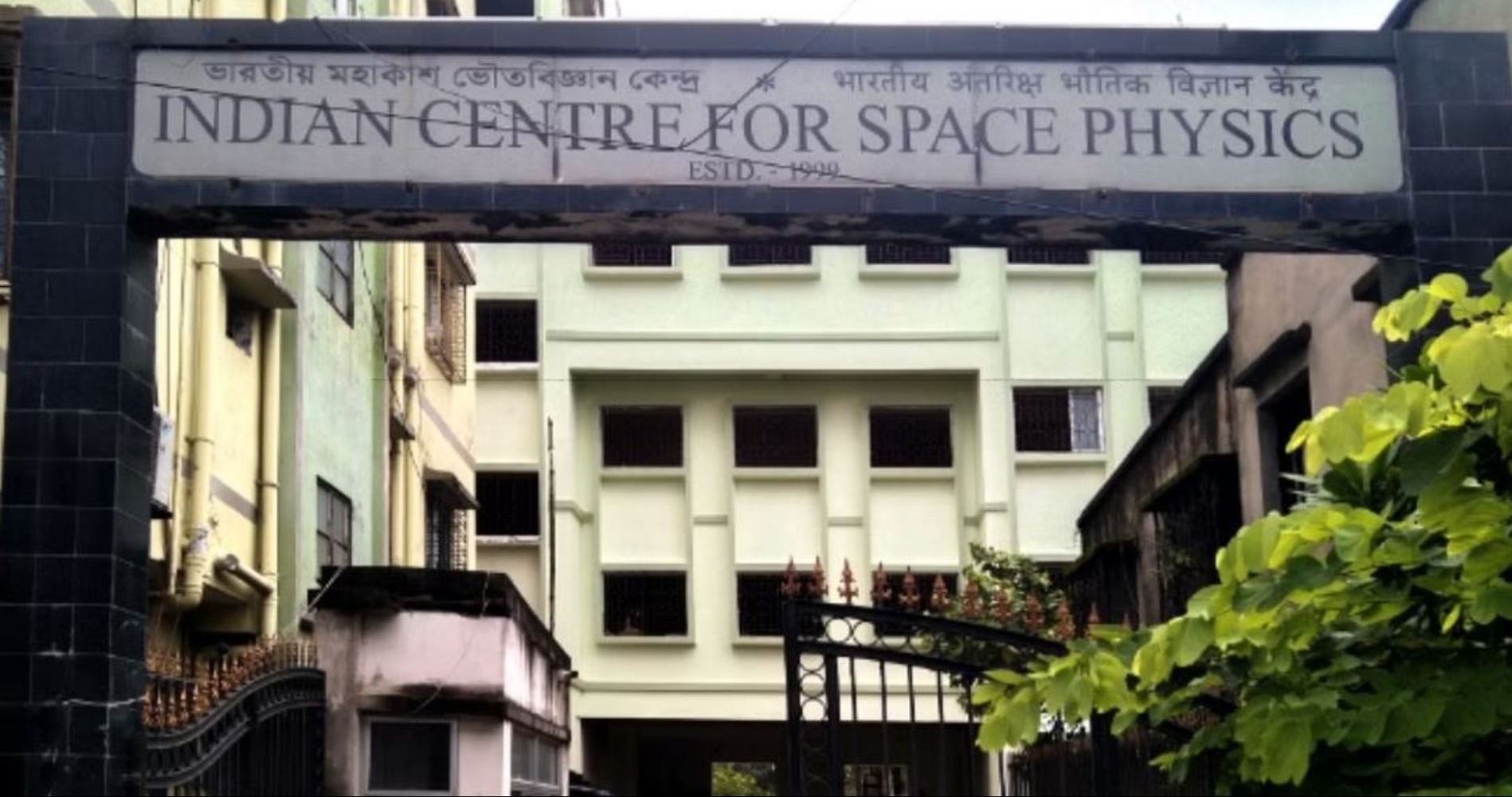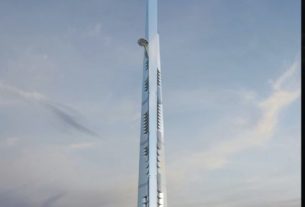Devanjana Mukherjee, Khabri Media
For young Indians, the museum will serve as an aspirational space, one where they can see firsthand the tangible results of scientific pursuits.

Pic: Social Media
Space exploration has long been a source of fascination for people around the world. It represents the boundless human spirit of curiosity, innovation, and discovery. Kolkata, a city steeped in history and culture, has now become home to a new museum that promises to take visitors on an extraordinary journey through the cosmos.
ALSO READ: Global Teacher Prize 2023
This museum will showcase rare space artifacts, including Mars rocks, an Apollo 11 model, and scientists’ diaries, offering a unique window into the world of space exploration. A galaxy of exhibits – from strands of Neil Armstrong’s hair to rocks from the moon and Mars – await enthusiasts at this new “one-of-its-kind” museum of astronomy and space science.
The 1,200-artefact-strong repository, which has come up on the premises of the Indian Centre for Space Physics here, also features rare documents like handwritten diaries and notes of eminent scientists and Nobel laureates. The personal diaries of renowned astrophysicist Meghnad Saha for the years 1950 and 1954, and acclaimed mathematician Satyen Bose’s calculations in his own handwriting, are also among the exhibits.
The key exhibits include hair strands of Armstrong (the first person to walk on the moon), a 370-crore-year-old bacteria fossil, scaled-down models of Apollo 11 and the aircraft of the Wright brothers, handwritten notes and autographs of eminent astronauts and scientists from the last 200 years, as well as rocks from the moon, Mars and various meteorites.

Pic: Social Media
Spread over 7,000 square feet, the museum was inaugurated by Rakesh Sharma, the celebrated first Indian astronaut to venture into space; on Friday October 28. During the ceremony former Astronaut and wing commander stated that “If you are looking to future-proof your careers, then let this museum ignite your interest – because space, indeed, is the future. Moreover, this museum would enthuse the young generation and guide them towards space sciences.”
West Bengal government has granted Rs 40 lakh for the museum building, where exhibits worth over Rs 1 crore are on display. The exhibits have been sourced from different auctions across the world, while some were donated by family members of scientists and astronauts.
By bringing together experts and enthusiasts, the museum can contribute to the dissemination of space-related research and discoveries, fostering a culture of continuous learning and exploration.




